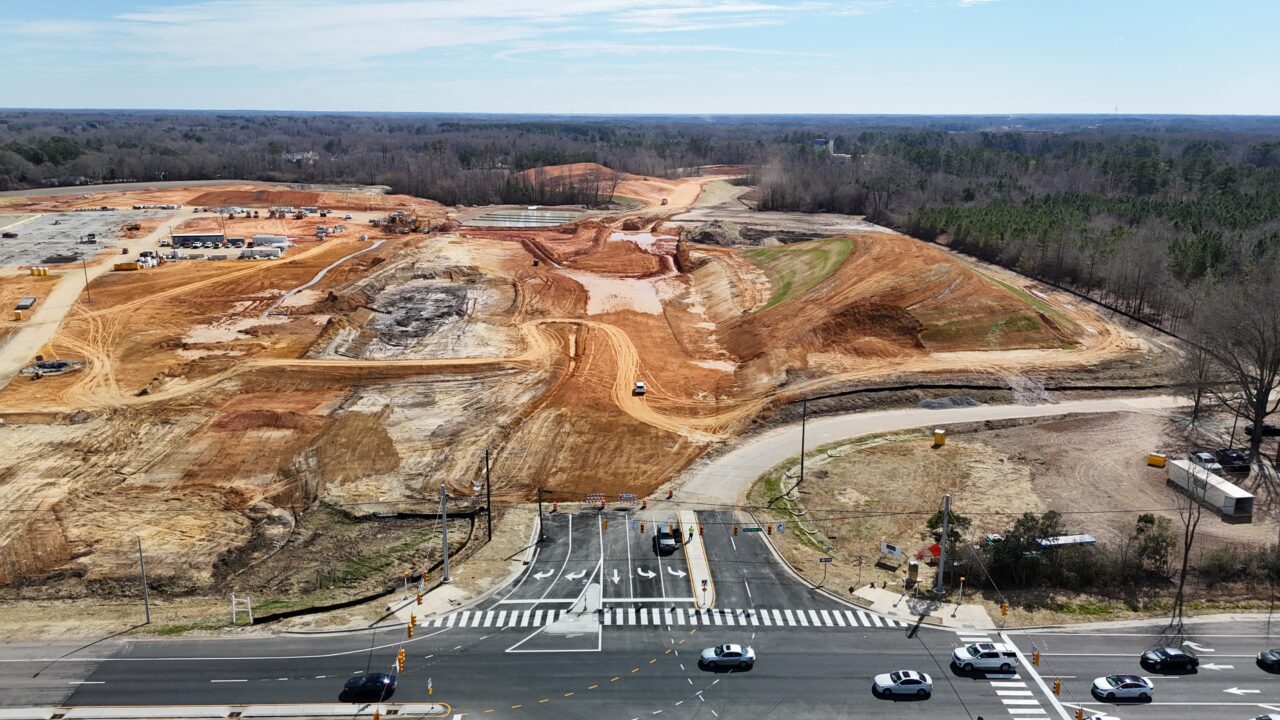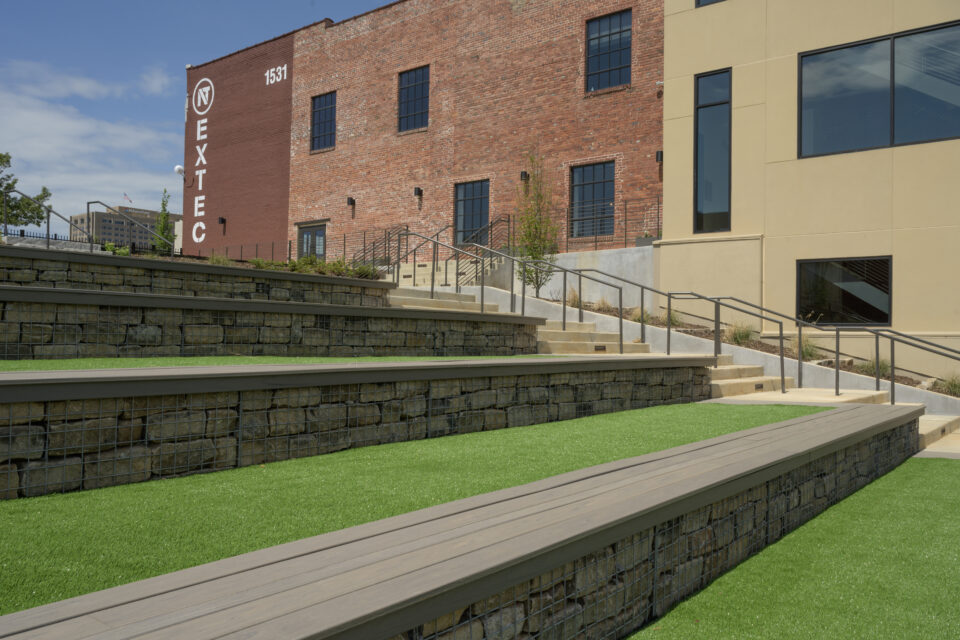Sometimes, a project’s greatest risk is in the civil improvements. We work with our customers and their consultants—geotechnical, civil engineers, environmental and others—to provide a management link between existing site conditions and the design intent. We will evaluate subcontractor bids and work with our customer to determine the best match for the needs of the project and to minimize liability. While we entrust expert firms with the engineering services, civil management clients have also found our tools useful for integrating architect plans and engineer specifications into the construction process.
Explore our Civil Management
Projects by Category
On-Site Storm Water Management
1 of 15
While the EPA has focused on the other parts of the development process over the years, storm water management and water quality have been a constant. The Clean Water Act confirmed this commitment, cementing storm water management initiatives as an ever-important component of entitlements.
Beyond on-site retention or detention, many projects now incorporate some form of bio-retention, a process by which contaminants and sedimentation (the suspended solids) are removed from on-site storm water. With bio-retention, the storm water is collected from the site into the treatment area, which can consist of a grass buffer strip, sand bed, ponding area, organic layer or mulch layer, planting soil and plants. The excess can then be discharged off site.
On these sites, the process of dealing with the storm water on 25° to 40° slopes began with the construction of BMPs in phases, followed by a system of bio-retention basins to allow the storm water to be filtered and eventually returned to the aquifer or off site into the surrounding streams. All of this was assisted by a system of retaining walls built of modular block walls or gabion basket walls with vegetated faces.
The best storm water management often occurs by using a total systems approach. This means considering the effectiveness of each storm water practice, the costs of each practice, and resulting overall cost and effectiveness rather than looking at each practice in isolation. Some individual practices may not be effective alone but, in combination with others, may provide a key function in highly effective systems.



















